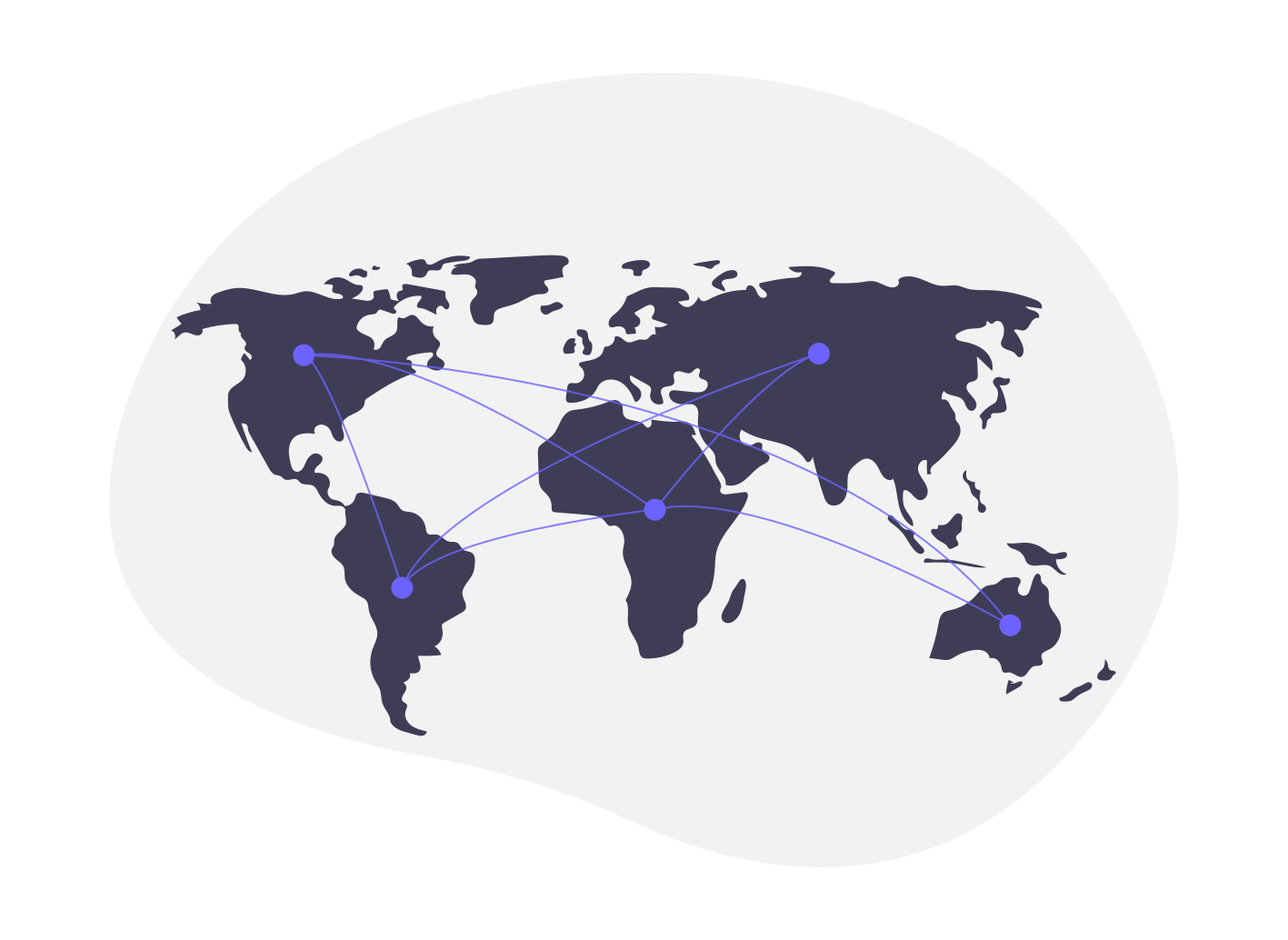In the digital age, where content is consumed globally, creating a one-size-fits-all approach to content delivery can lead to missed opportunities and disengaged audiences. Country-specific content customization is a powerful strategy that not only enhances user experience but also drives higher engagement, conversions, and brand loyalty.
Understanding Country-Specific Content Customization
Country-specific content customization involves tailoring digital content to meet the needs, preferences, and expectations of users from different geographical regions. This strategy goes beyond merely translating content into different languages; it involves adapting various elements of a website or digital platform—such as imagery, cultural references, currency, units of measurement, and even the tone of messaging—to resonate more deeply with users from specific countries.
Why Country-Specific Content Matters
-
Cultural Relevance: Culture profoundly influences how content is perceived and understood. By customizing content to reflect the cultural norms, values, and traditions of a specific country, businesses can create a more meaningful connection with their audience. This cultural resonance not only helps in avoiding misunderstandings or offending sensibilities but also builds trust and brand affinity.
-
Language Localization: While language translation is a fundamental aspect of content customization, true localization goes further. It involves using regional dialects, colloquialisms, and contextually appropriate phrases that make the content feel native to the audience. This level of detail shows respect for the user’s cultural identity and significantly enhances the user experience.
-
Legal and Regulatory Compliance: Different countries have unique legal and regulatory requirements that govern content. Customizing content to align with local laws, such as data privacy regulations or advertising standards, ensures that businesses remain compliant and avoid potential legal issues.
-
Improved SEO Performance: Search engines like Google prioritize content that is relevant to the user’s location. By offering country-specific content, businesses can improve their search engine rankings in different regions, driving more organic traffic from local audiences.
-
Enhanced User Engagement: When users feel that content is tailored specifically for them, they are more likely to engage with it. This can lead to longer time spent on the site, lower bounce rates, and higher conversion rates. Country-specific customization also encourages repeat visits, as users come to see the platform as a reliable source of relevant information.
-
Increased Conversion Rates: By addressing the specific needs and preferences of users in different countries, businesses can create a more compelling value proposition. Whether it’s offering prices in the local currency, using familiar payment methods, or referencing local events and trends, these small adjustments can have a significant impact on conversion rates.
Key Elements of Country-Specific Content Customization
-
Language and Tone: As mentioned earlier, effective localization goes beyond simple translation. The tone of voice should align with local communication styles—whether it’s formal, casual, or somewhere in between. Moreover, certain phrases or idioms used in one country might not have the same meaning or impact in another, making it crucial to adapt these aspects carefully.
-
Visuals and Imagery: Images play a vital role in how content is perceived. Visuals should reflect the local culture and environment, featuring models and settings that are familiar to the target audience. This not only makes the content more relatable but also helps avoid cultural faux pas.
-
Currency and Units of Measurement: Offering prices in the local currency and using familiar units of measurement can make the purchasing process smoother and more intuitive for users. This reduces friction in the user experience and increases the likelihood of completing a transaction.
-
Localized SEO Strategies: To maximize visibility in local search results, it’s essential to incorporate country-specific keywords and optimize content for local search engines. Additionally, creating country-specific domains or subdomains can further enhance local SEO efforts.
-
Content Scheduling: Time zones and local holidays play a significant role in how and when content should be delivered. Scheduling content to go live at optimal times for the target country ensures maximum visibility and engagement.
-
User Interface Customization: The overall design and layout of a website or app may also need to be adjusted based on the target country. This could include changes in color schemes, navigation styles, and even the arrangement of content to suit local preferences.
Implementing Country-Specific Content Customization
-
Conduct Comprehensive Research: Before implementing country-specific content, it’s important to conduct thorough research on the target audience in each country. This includes understanding their cultural nuances, language preferences, online behavior, and legal requirements.
-
Collaborate with Local Experts: Working with local experts or native speakers can provide invaluable insights into the cultural and linguistic aspects that need to be considered. They can help ensure that the content is not only accurate but also resonates with the local audience.
-
Utilize Technology: Leverage technology such as AI-driven localization tools, which can automate the translation and customization process. Additionally, analytics tools can help track the performance of customized content, allowing businesses to refine their strategies based on user engagement data.
-
Test and Optimize: Continuous testing is essential to the success of country-specific content customization. A/B testing different versions of content can help determine what resonates best with each audience, allowing for ongoing optimization.
The Long-Term Benefits of Country-Specific Content Customization
Investing in country-specific content customization can yield significant long-term benefits. It not only enhances the user experience but also strengthens brand loyalty, expands market reach, and drives sustainable growth. By creating a personalized experience for users in different countries, businesses can build lasting relationships and stay ahead of the competition in the global marketplace.
In conclusion, as digital platforms continue to cater to a global audience, the need for country-specific content customization becomes increasingly critical. By understanding and addressing the unique needs of users in different regions, businesses can deliver a superior user experience that leads to higher engagement, better customer satisfaction, and ultimately, greater success.


